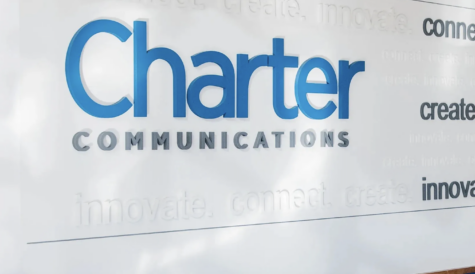Q&A: Vincent Roger, CEO, Mobibase
Mobibase CEO Vincent Roger talks about the market for OTT TV services for ethnic groups and the flexibility of the white-label model.
What would you identify as the top three factors that will have the biggest impact on the TV business globally over the next few years?
Moving from broadcast to IPTV is one key factor. The future TV experience is multi-platform. Today people watch videos across all their connected devices. Their favourite channels, viewing behaviour and subscriptions, all need to be portable – in the cloud, on a mobile device, or on a tablet.
The second thing is what we could call application-based TV. Linear TV has to be delivered through apps. The producers themselves are already developing their own apps for different stores. These could be mega-stores like iOS and Google, but there are also pay TV services with their own stores.
The third factor is content. The OTT revolution means that producers can be distributors. You can market your own content, and this means you now see a very strong push on ethnic and niche content. For example, there are many people from Africa in France that would like to watch content from their original country through African TV channels.
Community is becoming a very strong word in TV industry. In the US, there are eight million French-speaking people and there is no dedicated service for this community. The relevant content should be available for this target audience.
Mobibase is a 15 year-old content company. Now, more than ever, we are focusing on linear and on-demand content for specific communities. We can address various communities around the world via operators that require rights-cleared packages. For example, a major telecommunications provider asked us to develop a Hispanic package, and we cleared the rights and distributed that to them. We also supply top European operators with TV apps, and for most of our clients we provide multiscreen applications.
How significant is the market for OTT services targeted at migrant and expatriate groups globally and how fast do you expect it to grow?
I believe this is the key driver in the TV market growth today. All around the world the demand for pay TV services is becoming satiated. All of the key players have over 500 channels. It is difficult for operators to find avenues for growth. The only way to build value and get the customer to pay more is to reach out and serve their basic needs.
This could mean building offerings dedicated to watch local telenovelas from Latin America, to learn English or French languages in China, to get news on niche or extreme sports, to offer travel documentaries on specific subjects, or even to receive luxury offers for yachts, properties, cars and wine. This is how OTT services could generate new revenues.
What types of services and content are migrant and expatriate users looking for primarily and what do content providers need to do to maximise the opportunity?
The first thing is to be able to play globally. You may want to take channels to Latin America or from Latin America to Spain. You may be able to adapt linear streams to different markets according to the rights you hold or the languages you support, or instead of bringing linear channels, you could bring video-on-demand with content which will focus on international and local perspective of any kind of users’ interests such as sports, lifestyle, kids or education.
Content providers have been slow to embrace all this, but often their content is already available through piracy. It can be extremely challenging to develop flexible, legitimate services. But that is what we have been doing by helping rights-holders distribute their content internationally. For example, we worked with a channel provider in Spain to help them build international content revenues, and they have been very flexible in getting the right content cleared for the right countries.
You also need a workable business model. We believe revenue share will be the main model for ethnic and niche OTT services.
To what extent are OTT TV service providers looking to white label solutions – including both the technical platform and content aggregation – and what advantages does this bring for them?
It is not difficult to stream or encode a channel, but it is difficult to achieve 100% perfect video quality. We have developed a global white-label offering, from which we can launch high-quality services in a few weeks or even days, if needed. The key is to have cutting-edge streaming technology and to be able to launch OTT solutions fast. In the past, we needed almost a year to get something launched but now companies want to launch their OTT apps in only a few weeks.
How has Mobibase adapted its business to address the changing needs of the market?
With people migrating and looking for ethnic content from their original country, Mobibase integrated in its content offer ethnic TV and VOD packages for diaspora communities from all around the world – packages such as Hispanic, Arabic, African, English, Turkish, Italian, French, Caribbean and more.
Also, with the boom in OTT and apps stores, we adapted our business by shifting to a multi-device approach. Mobibase is now working on several projects with major operators and OTT providers from Europe, Latin America and Middle East in order to deliver a full experience approach: content licensing and integration paired with multiscreen apps on web, Android, iOS and more.




